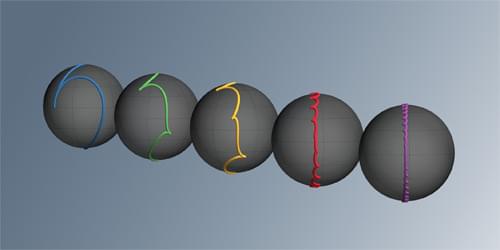The engineering of so-called Floquet states leads to almost-perfect atom-optics elements for matter-wave interferometers—which could boost these devices’ ability to probe new physics.
Since Michelson and Morley’s famous experiment to detect the “luminiferous aether,” optical interferometry has offered valuable tools for studying fundamental physics. Nowadays, cutting-edge applications of the technique include its use as a high-precision ruler for detecting gravitational waves (see Focus: The Moon as a Gravitational-Wave Detector) and as a platform for quantum computing (see Viewpoint: Quantum Leap for Quantum Primacy). But as methods for cooling and controlling atoms have advanced, a new kind of interferometer has become available, in which light waves are replaced by matter waves [1]. Such devices can measure inertial forces with a sensitivity even greater than that of optical interferometers [2] and could reveal new physics beyond the standard model.
